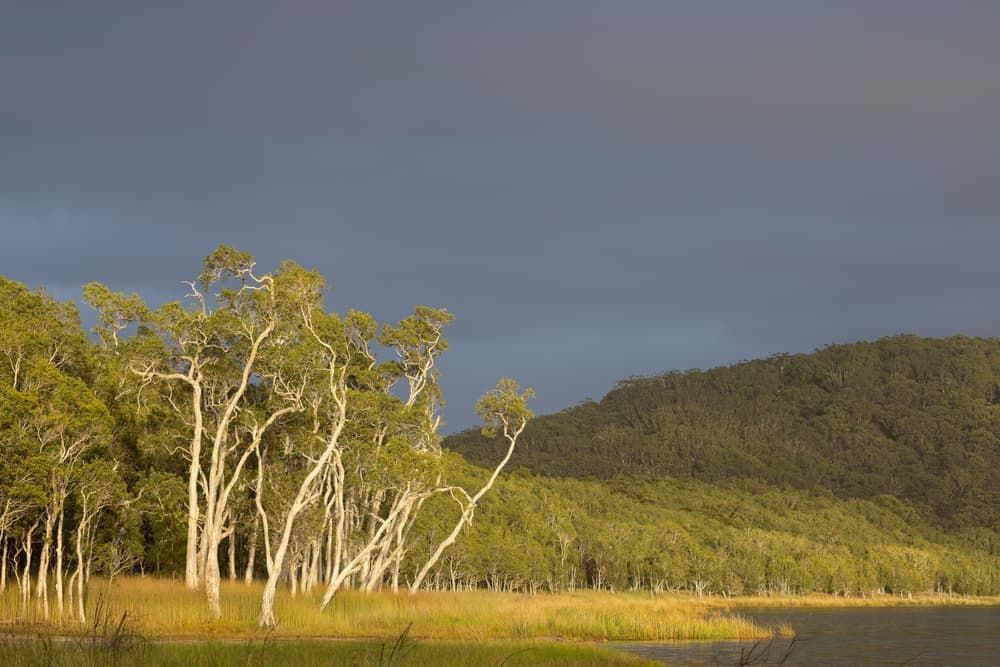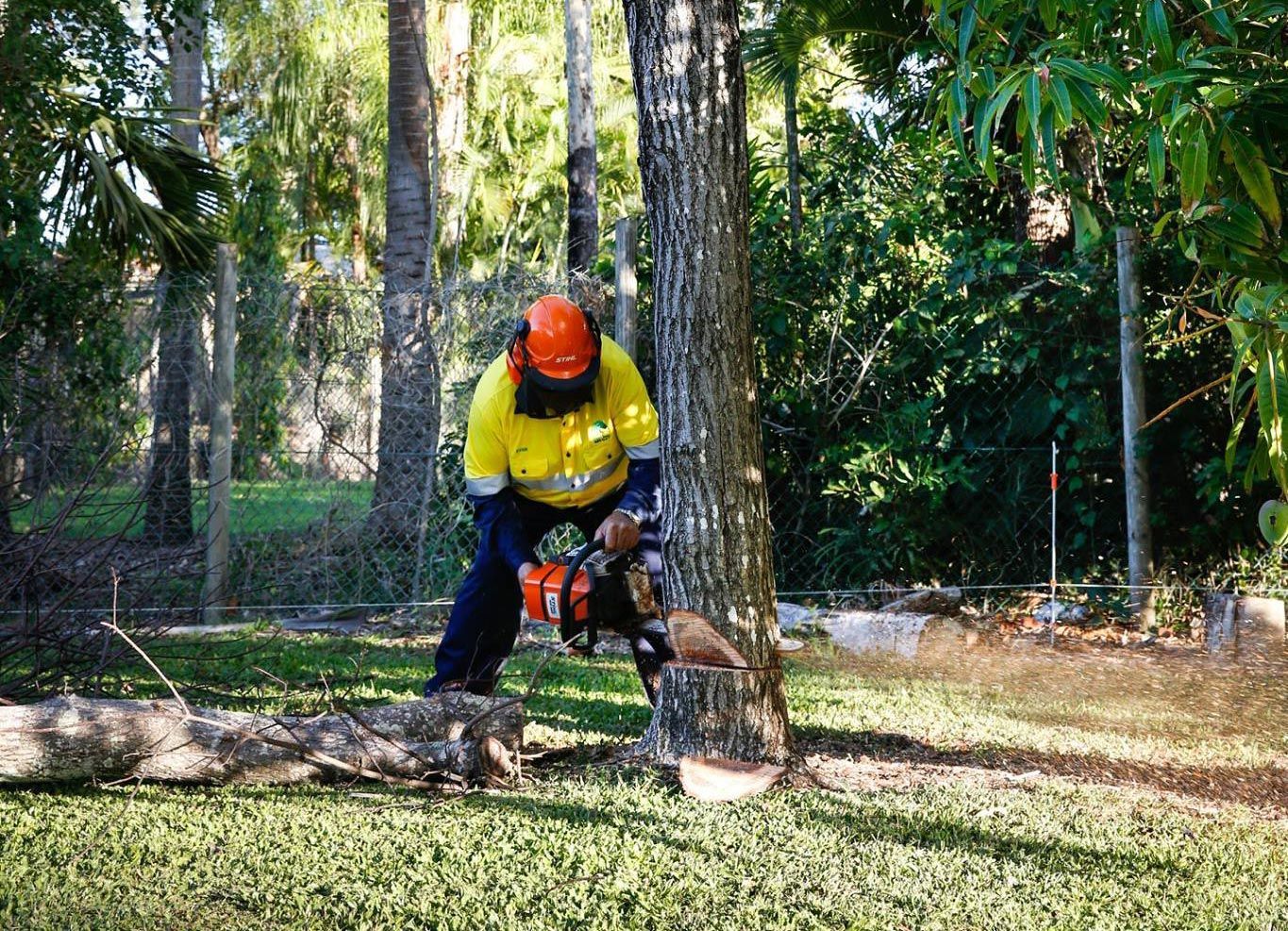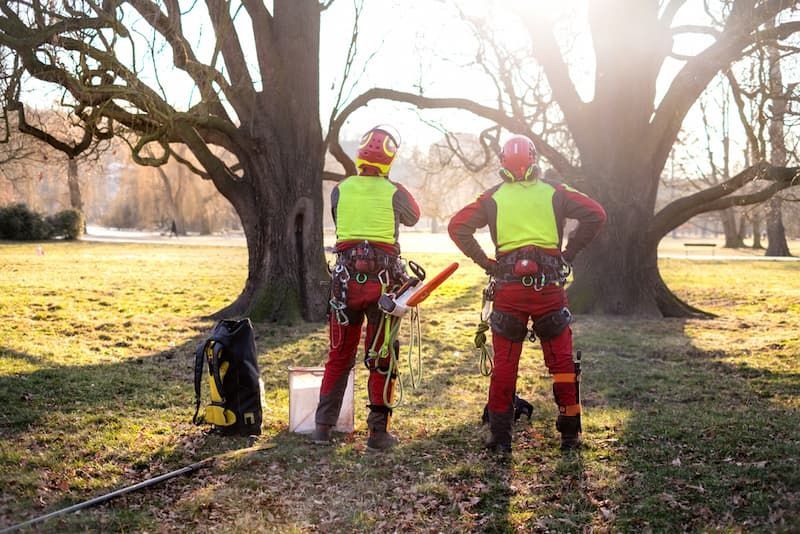The Paperbark Tree (Melaleuca Tree)
Aboriginal’s used paperbark to make a dwelling called a Bayu (pronounced Ba-Yoo). The paper bark offered warmth and protection from the rain. A small camp fire placed just outside the Bayu brought warmth and protection from the mosquitos as well as being a convenient place to cook meals.
Aboriginal’s also use the paper bark for cradles, bandages, sleeping mats and for wrapping food for cooking. Paperbark adds a lovely smoky flavour to fish, chicken and vegetables. To use paperbark for cooking wash it, then soak in water before using to wrap ingredients. Then tie up with string or use aluminum foil to wrap before cooking in the oven or on a BBQ.
Nutgrass
Is your garden and lawn being over taken with nutgrass? Nut grass, also called nutsedge, is a horrifically resilient weed that plagues many a lawn. It has strong roots and nodules that are often referred to as “nuts” (hence the name).
The most thorough way to rid your lawn of nut grass is by removing the plant, root and all, by hand. You can also try chemical herbicides, or as organic alternative you can coat the grass in sugar. If you need help getting rid of nut grass at your place give us a call. We can help.
Are you aware of the current Level 3 Townsville City Council water restrictions:
- No sprinkler or irrigation systems
- Handheld watering* only 6am-7am and 6pm-7pm (odd and evens system applies)
- Buckets, watering cans and drip irrigation systems** can be used at any time
- Switch off all automatic watering systems
- Use a broom to clean hard surfaces (not a hose)
- Use a bucket or water efficient car wash to clean vehicles and boats
- Even houses – Tuesday and Saturday
- Odd houses – Wednesday and Sunday
Handheld watering means that you are watering your garden with a hose that you are holding on to. ** Weeper hoses are permitted.
Water Saving Tips
- 1Wash your car on the lawn to water and fertilise the grass at the same time. Car shampoos use phosphates similar to many fertilisers.
- Use a rake, broom or outdoor blower to clean paths and driveways rather than a hose.
- Ensure taps, fittings and hoses are not leaking.
- Only water your lawn when it needs it. If it springs back after stepping on it, it doesn’t require watering.
- Choose the right plants. Local native varieties and other water wise plants attract wildlife and need less maintenance and watering.
- Mulching plants to retain moisture. As well as reducing evaporation and water run-off, a good quality mulch will also provide nutrients to the plants and restrict weed growth.
Pruning
Pruning is as much art as it is science. A properly pruned tree looks balanced and beautiful
Insurance
Before hiring anyone to to do work for you, check to make sure they are fully insured. We have public liability insurance and work cover insurance. Its better to be safe than sorry.
Stump Grinding – Six reasons to get your stumps ground.
1. Stumps aren’t pretty.
2. Stumps are hazardous. People can fall over them or you can hit them with your lawn mower.
3. Stumps cause new tree growth. Sometimes small trees grow which then in turn have to be removed.
4. Stumps attract insects. As they decay the stump attracts beetles, termites, ants and other wood-boring pests which may spread to your home.
5. Stumps take up precious yard space. You could use that space for a garden or picnic table.
We can remove a stump easily with our quick and efficient stump grinder. Our specialist machine is designed to get into tight spaces. Once the stump is ground out, it is ready to replant or reinstate with topsoil and grass seed. No stump is too big or small!
WATER CONSERVATION TIPS FOR THE HOME now Townsville has reached Level 3 water restrictions.
- Check faucets and pipes for leaks A small drip from a worn faucet washer can waste 75litres of water per day. Larger leaks can waste hundreds of litres.
- Don’t use the toilet as an ashtray or wastebasket Every time you flush a cigarette butt, facial tissue or other small bit of trash, five to seven gallons of water is wasted.
- Check your toilets for leaks Put a little food colouring in your toilet tank. If, without flushing, the color begins to appear in the bowl within 30 minutes, you have a leak that should be repaired immediately. Most replacement parts are inexpensive and easy to install.
- Use your water meter to check for hidden water leaks Read the house water meter before and after a two-hour period when no water is being used. If the meter does not read exactly the same, there is a leak.
- Install water-saving shower heads and low-flow faucet aerators Inexpensive water-saving low-flow shower heads or restrictors are easy for the homeowner to install. Limit your showers to the time it takes to soap up, wash down and rinse off. Also, all household faucets should be fit with aerators. This single best home water conservation method is also the cheapest!
- Put plastic bottles or float booster in your toilet tank To cut down on water waste, put an inch or two of sand or pebbles inside each of two plastic bottles to weigh them down. Fill the bottles with water, screw the lids on, and put them in your toilet tank, safely away from the operating mechanisms.
- Insulate your water pipes. It’s easy and inexpensive to insulate your water pipes with pre-slit foam pipe insulation. You’ll get hot water faster plus avoid wasting water while it heats up.
- Take shorter showers. One way to cut down on water use is to turn off the shower after soaping up, then turn it back on to rinse. A four-minute shower uses approximately 75 to 150 litres of water.
- Turn off the water after you wet your toothbrush There is no need to keep the water running while brushing your teeth. Just wet your brush and fill a glass for mouth rinsing.
- Rinse your razor in the sink Fill the sink with a few inches of warm water. This will rinse your razor just as well as running water, with far less waste of water.
- Use your dishwasher and clothes washer for only full loads Automatic dishwashers and clothes washers should be fully loaded for optimum water conservation. Most makers of dishwashing soap recommend not pre-rinsing dishes which is a big water savings. With clothes washers, avoid the permanent press cycle, which uses an added 20 litres for the extra rinse. For partial loads, adjust water levels to match the size of the load. Replace old clothes washers. New Energy Star rated washers use 35 – 50% less water and 50% less energy per load. If you’re in the market for a new clothes washer, consider buying a water-saving front load washer.
- When washing dishes by hand, don’t leave the water running for rinsing If your have a double-basin, fill one with soapy water and one with rinse water. If you have a single-basin sink, gather washed dishes in a dish rack and rinse them with a spray device or a panful of hot water.
- Don’t let the tap run while you clean vegetables Just rinse them in a stoppered sink or a pan of clean water. Use a dual-setting aerator.
- Keep a bottle of drinking water in the fridge. Running tap water to cool it off for drinking water is wasteful. Store drinking water in the fridge in a safe drinking bottle.








